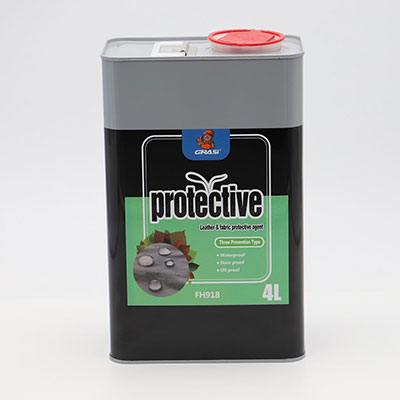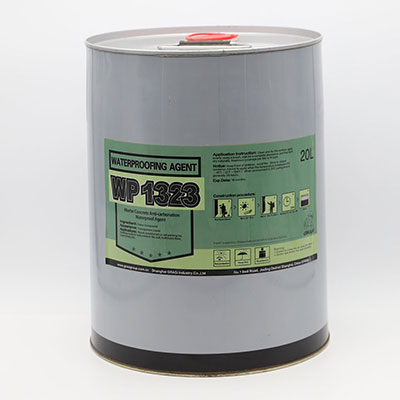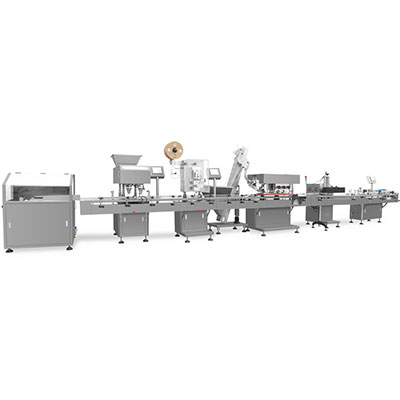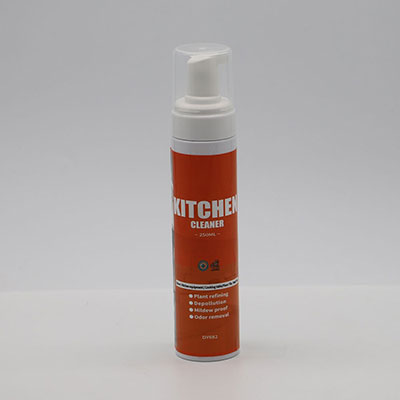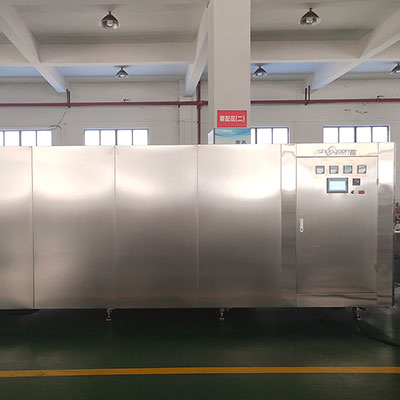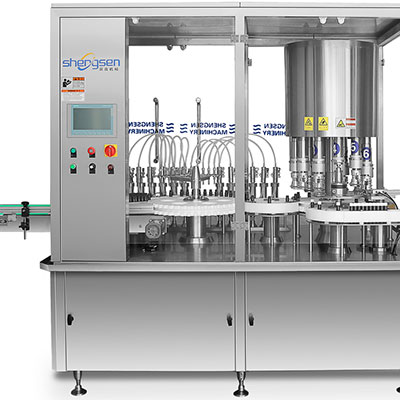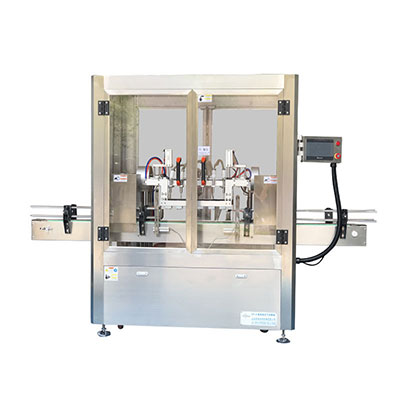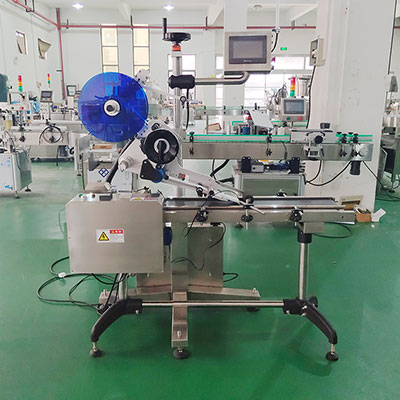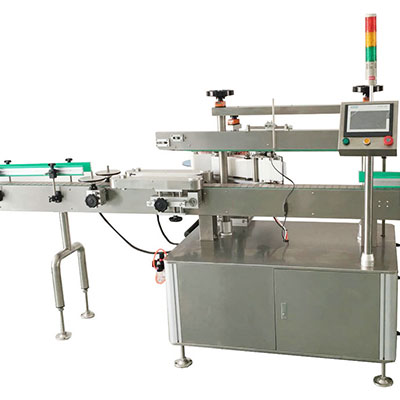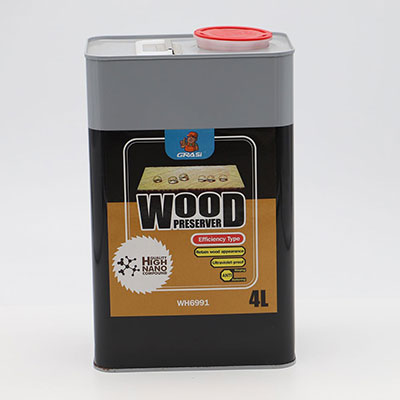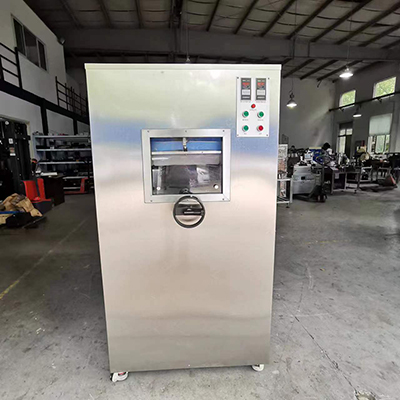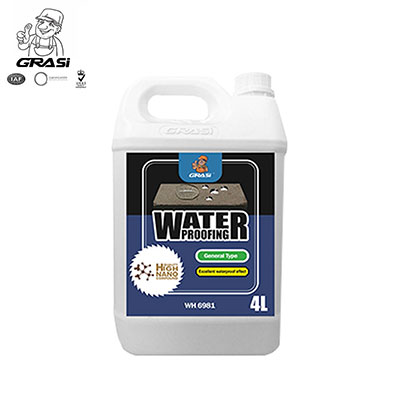Trackless Unguided All-position Crawling Welding Robot
Trackless Unguided All-position Crawling Welding Robot is an automatic welding system being used for all-position(1G-6G) welding on large-scale structural parts, pressure vessels and storage tanks in industries like: oil & gas, offshore, shipbuilding, construction, nuclear, and many more. The trackless design provides flexible movement, and laser vision tracking system ensures high seam tracking accuracy, ensuring high welding efficiency and excellent welding quality. In addition, automatic recognition system of welded seams provides effective robot guidance. All these features make it an excellent solution compare with semi-automatic welding and manual welding.
Do you have any questions about our Robotic Welding Systems?
Contact us and one of our experts will be glad to help you.
Detailed Introduction
Crawler
Laser vision seam tracking system
Windproof shield
Multiple DOF welding swing system Load-bearing device
Permanent magnet adhesion walking mechanism
Technical advantages Reduce cost and improve efficiency
Welding amateurs could operate one or more robots after 3-day professional training which reduces the number of operators and level of skills.
No need for setting up guiding tracks or programming.
Stable and reliable Welding quality which significantly reduces rework
Low frequency pulse and program integrated double pulse welding procedures, high deposition rate, and greatly improved welding efficiency.
Welding procedures stored locally at your fingertips
Safe and easy to use
High load capacity, flexible movement, able to achieve multiple-degrees-of-freedom full position free crawling and spin turn on medium and large structural parts
Capability to cross obstacles
Remote control by control cabinet with molten pool observation camera installed on crawler; Rugged design, built to last
Equipped with four ultrasonic sensors with drop or falling prevention warning;
Application Scope
Welding bojects: storage tanks, spherical tanks, vessels, nuclear power infrastructure and other large-sized structural parts
Metal type: Carbon steel and alloy steel
Welding groove type: V,X,U,J
Welding positions:1G,2G,3G,4G, 5G,6G
Metal thickness: 6mm to 100mm
Transfer Trolley
All system components are mounted on the transfer trolley, including crawling welding robot, control cabinet, power source, wire feeder and water cooling unit, allowing for convenient operation and transportation.
Transfer trolley
Control cabinet
Trackless unguided crawling welding robot
Wire feeder Water cooling unit
Welding power source
Dimensions:1400(L)mmx800mm(W)xl500mm(H)
Drive type:Electric/manual
Control Cabinet
The control cabinet features modular design, metal housing and touch screen control panel. Its high-performance CPU adopts a multiprocessor system, enabling high-speed synchronous operation of the crawler and actuator. A servo controller is installed in the cabinet, and the drive and control of each axis are connected to the CPU through the physical interface. The control cabinet is designed with a variety of interfaces to connect with various types of industrial equipment.
| Dimensions | 580mm (L) x360mm (W) x630mm (H) |
| Interfaces | Analog interface: 4 I/ODigital interface: 32 I/O |
Camera on Molten Pool
With a maximum observation distance of 100m, the camera on the molten pool is used for remotely monitoring open arc welding process. A 140 dB dynamic range is achieved because of the advanced sensing technology and precise electrical circuit design. Users can clearly observe the welding torch, welding wire and the whole welding process by means of the camera on the molten pool.
| Image sensor | 2/3" color HDR CMOS |
| Resolution | 1280(H) X1024(V) |
| Pixel size | 6.8μm X 6.8 μm (8.7mm X 7mm effective area) |
| Filter | blocks UV IR |
| Image sensor shutter | global or rolling |
| Dynamic range | 140 dB |
| Pixel depth | 8bit |
| Exposure time | 100μs - 100ms |
| Image control | Shutter speed controls exposure time |
| Dimensions | 85mm (L) X36.5mm(W) X38.5mm (H) (lens excluded) |
| Weight | 200g (lens excluded) |
| Lens mount | C mount |
| Power consumption | 6W at 12V |
Welding Power Source
Welding power source can be configured according to customer's requirements. The standard version is digital series power source, which is integrated with more than 200 program memories. This makes welding material, wire diameter and gas work always at excellent performance level.
| Welding current | BQT-I-400A | BQT-I-500A | |
| Input voltage 50/60hz | 400v( 20%/-20%) | ||
| Input current | 25A | 28.5A | |
| Power factor at maximum current | 0.96 | 0.93 | |
| Efficiency at maximum current | 0.89 | 0.89 | |
| Duty cycle@40℃ | 100% | 420A | 500A |
| 60% | 350A | 450A | |
| Duty cycle@25℃ | 100% | 420A | 500A |
| Current range (MIG/MAG) | 15A-420A | 15A-500A | |
| Weight | 34KG | 40KG | |
| Dimensions | 738mm(L) *273mm(W) *521mm(H) | ||
Wire Feeder
The wire feeder is designed with a metal housing, ensuring high durability. With storage of 99 welding programs, this wire feeding unit is applicable to various welding applications.
| Model | DVU W500 |
| Weight | 16kg |
| Dimensions | 603mm(L)x262mm(W)x446mm(H) |
| Number of wire feeding rolls | 4 |
| Wire diameter | 0.6 mm-1.6 mm |
| Feeding speed | 0-25 m/min |
| Wire reel diameter | 300mm |
Basic Specifications
| Product weight | 28.8kg | Max. obstacle crossing height | 5mm |
| Max. load | 60kg | Max. travel speed | 5m/min |
| Min. diameter of curved surface | ≥3.2m | Weld tracking accuracy | ±0.5mm |
| Dimensions | 621 mm (L) x394mm (W)x267mm (H) | ||
Mechanical Specifications
| Crawler | with caterpillar track | Torch motion types | linear, pendulum, oblique |
| Linear motion range of welding torch | ±25mm | Stick-out range | ±25mm |
| Torch travel angle (pendulum motion) | ±30° | Torch oblique angle | ±10° |
| Torch pitch angle | ±30° | Rotation | spin around 360° |
Other Specifications
| Working temperature | -10℃~40℃ | Relative humidity | below 90% |
| Control cable | 10m standard length; extended length available upon request | ||
Currently, welding of large-scale structural parts is performed mainly by manual or semi-automatic welding. A lot of hidden costs will be needed in the manual welding operation. A human welder needs to be trained for a long time to achieve sophisticated skills for quality welding operation. They may make mistakes during manual welding to affect production time, weld quality and costs. Manual welding may cause health and safety problems to the human welders due to the hazardous working environments full of flash, fumes, sparks, and heat. Semi-automatic welding in large structural components is affected by guiding tracks, which limits its degree of automation especially in the application scenarios with curved and irregular surface welds. Comparing with manual welding and semi-automatic welding, trackless unguided all-position robotic welding is an optimal alternative in the large-scale structural parts manufacturing industry, which can greatly improve welding quality and efficiency.

Unstable weld quality
Low efficiency
High labor costs
Pneumoconiosis
Employee risks
High management costs
Disadvantages of Semi-automatic Welding
Guiding track needed
Not applicable to the welding of irregular seam, especially curved surfaces
Tags
Links:https://www.globefindpro.com/products/10467.html
-
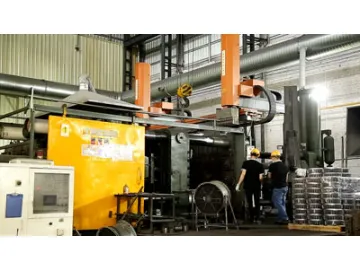 Metal Die Casting
Metal Die Casting
-
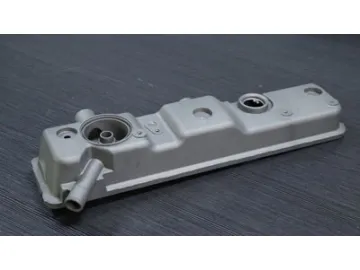 CNC Machining
CNC Machining
-
 Shit Beads Ball
Shit Beads Ball
-
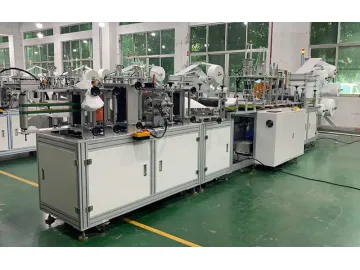 KN95 Protective Face Mask Machine, YQ-P60
KN95 Protective Face Mask Machine, YQ-P60
-
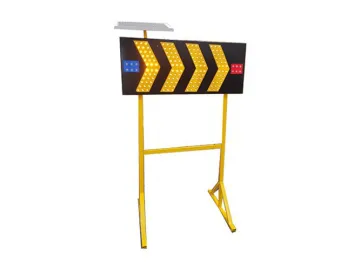 Stand Mounted Chevron Board & Arrowboard
Stand Mounted Chevron Board & Arrowboard
-
 Emoji Beads Ball
Emoji Beads Ball
-
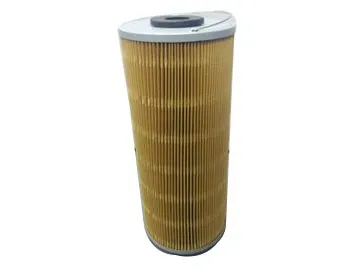 Sinker EDM Filters
Sinker EDM Filters
-
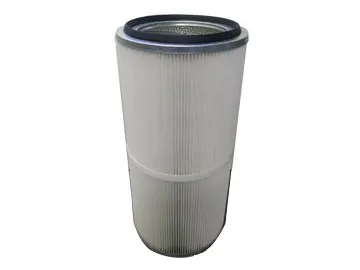 Cartridge Filter for Powder Coating
Cartridge Filter for Powder Coating
-
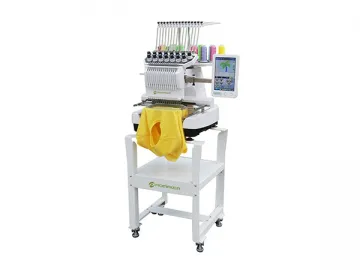 Idea-X Mini Commercial Series
Idea-X Mini Commercial Series
-
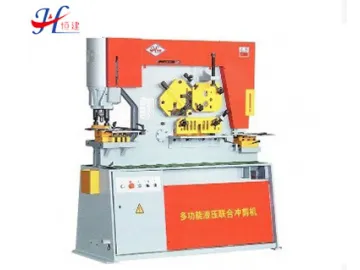 Ironworker Machine
Ironworker Machine
-
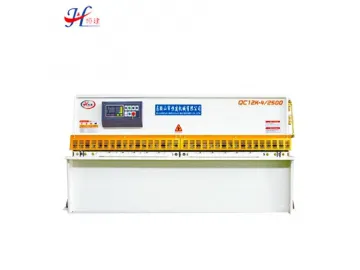 QC12 Series Hydraulic Swing Beam Shear, Metal Plate Cutting Shear
QC12 Series Hydraulic Swing Beam Shear, Metal Plate Cutting Shear
-
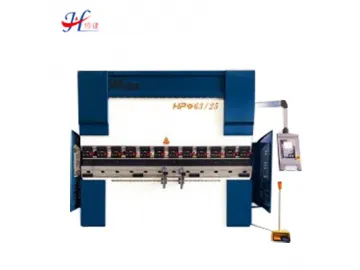 Press Brake, WC67K Series
Press Brake, WC67K Series
